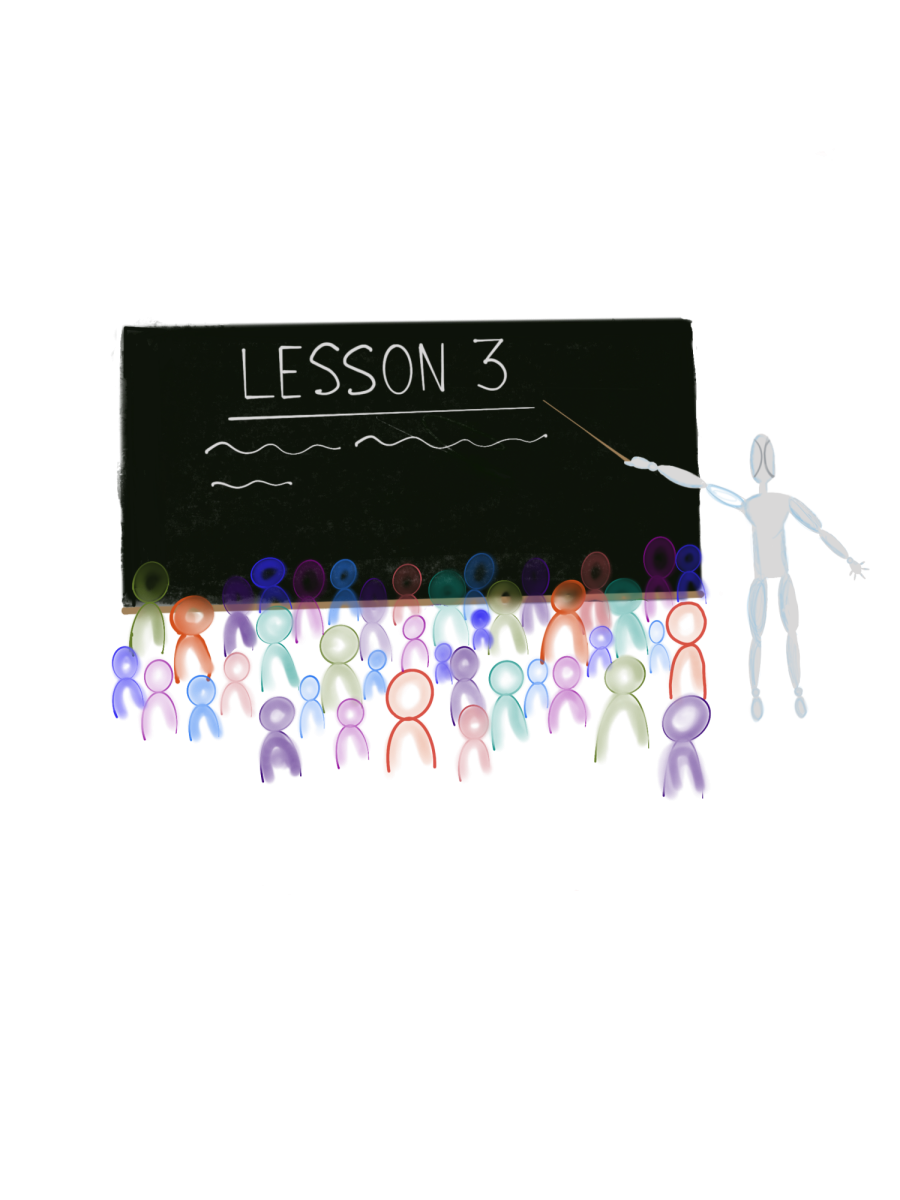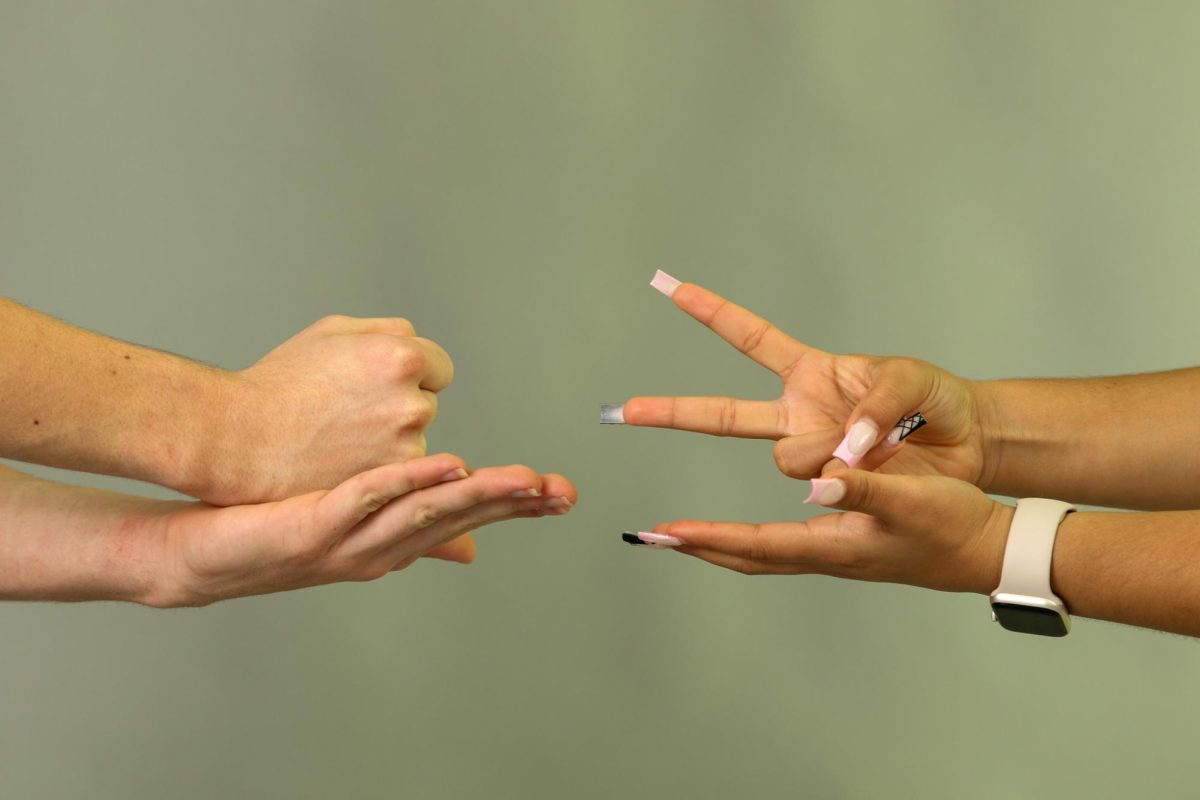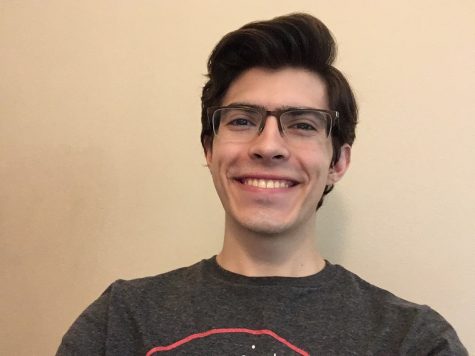If you don’t know who Ann Coulter is, I envy you.
The far-right political commentator has stirred up more controversy than Barack Obama’s infamous tan suit. Throughout her illustrious career, she has likened immigration and demographic changes to “genocide” for white Americans, advocated for abolishing female suffrage, and claimed that Muslim women should be imprisoned for wearing hijabs.
When I had the privilege to hear Coulter speak at the Forum Club of the Palm Beaches last month with several other communications students, I expected to hear a monologue suitable for a Fox News segment. For the most part she delivered, reiterating Donald Trump’s attacks on the media as “the enemy of the people.”
But Coulter’s speech was comprised of more than just right-wing rhetoric. Veering far off course from established Republican norms, Coulter attacked President Trump as a “shallow, narcissistic conman,” finally realizing what the rest of us already knew.
Coulter’s contentious stances haven’t always made her a popular figure. On the Twitter post reminding people about her speaking engagement at the Forum Club, I read through 72 comments before finding a positive response (yes, I counted). The Palm Beach Post captured Coulter’s combativeness in an article headlined, “Ann Coulter Forum Club Speech Irks Liberals, Trump Supporters.”
What I realized while listening to Ann Coulter was that, although her views could be intolerant or misinformed, they were undeniably hers. She didn’t pander to specific demographics or confine herself to preaching any one party’s agenda. Ann Coulter represents a dying breed of political honesty.
Whose Side Are You On?
The same cannot be said of most Americans, or even most students at Dreyfoos. The partisan gap is wider now than at any other point in modern history. While Trump’s job approval rating hangs at a chilly 4 percent for Democrats (four times lower than the portion of Americans who believe in Bigfoot), 90 percent of Republicans approve of his actions in office (slightly more than the ratio of Americans who currently approve of George Washington).
Compare that to Obama’s average approval ratings in both parties (23 percent for Republicans and 85 percent for Democrats) or George W. Bush’s ratings (46 percent for Democrats and 89 percent for Republicans). As Bob Dylan prophesied in 1965, Americans have been “baptized to party platform ties,” growing in both their loyalty to party leaders and their animosity toward political opponents.
In the wake of greater polarization, elected officials have failed to follow their own moral and political principles. Congressional Democrats have lurched to the left, fearing that a negative Tweet from Alexandria Ocasio-Cortez (D-NY) could ruin their political futures.
“In Trump’s America, I’m not a big fan of bipartisanship,” she said in an Instagram live story.
Republicans in Congress, valuing reelection above all else, bend over backward to signal their support for the President, even when some of them privately express sentiments that his agenda is deeply harmful to Americans.
As a result, “compromise” has become a dirty word among American politicians, on par with “sanity” and “intelligence” in terms of shock factor.
Where Does Dreyfoos Hide All the Conservatives?
At Dreyfoos, too, party trumps people. It speaks to the environment of the school when a Dreyfoos Republican asks to remain anonymous while interviewed for an article in the most recent issue of The Muse.
Dreyfoos’ strong liberal tendencies likely stem in part from its diverse student body, which consists of individuals from a broad range of religions, ethnicities, and backgrounds, leaving relatively few of the stereotypical conservative demographic. It doesn’t help our political diversity that a large portion of Dreyfoos students are high-income Palm Beach County residents.
One would think that Dreyfoos’ diversity would make students more open to different viewpoints. However, tolerance for self-identified Republicans and those who come from historically privileged groups is low. A conversation I overheard at the end of a class centered around the idea that a gay white man’s opinion could be immediately invalidated by a black lesbian.
This emphasis on intersectionality and insistence on liberalism threatens students’ abilities to think critically about the world and the people around them. Students’ perspectives should be persistently challenged to determine if they’re really worth espousing, and shutting out people who are different is a sure way to become intellectually lifeless.
Despite popular opinion, any discrimination on the basis of sexuality, race, religion, gender, or ideology is wrong—even if someone’s race, gender, sexuality, religion, or ideology make them heterosexual, white, Christian, male, or conservative.
How Does it End?
The state of political polarization in America is a complex issue that is impacted by innumerable factors. But the biggest of those factors, in my mind, is the 24-hour news cycle. Gone are the days when three news channels existed on television, when Walter Cronkite signed off the air with, “And that’s the way it is,” and when viewers believed it.
Today, newsfeed algorithms spoonfeed readers the opinions they already have and the facts they want to hear, 24/7. Fox News, CNN, and other major media organizations have business models built on sensationalism and outrage because those are what attract clicks and views.
The media we choose to consume tends to feed into our established biases. For instance, 54 percent of “staunch conservatives” watch Fox News regularly, while only 6 percent regularly tune into MSNBC. It’s no surprise your grandma thinks Mexicans are invading the country and murdering babies when that’s exactly what her only “news” source is telling her.
While we may not be able to immediately change the news media, we can change the type of news we consume. Seeking out well-researched, thoughtful reporting and analysis can be difficult in the digital age, but as The New York Times puts it, “The truth is worth it.”
Forming educated opinions on impactful subjects means acknowledging both sides. We should be more skeptical of stories that confirm pre-existing beliefs and search for opinions contrary to our own, both from the media and from our peers.
When we stop to listen to those with opposing viewpoints, we realize more often than not that each side wants the same things: life, liberty, and the pursuit of happiness. It’s only by coming together, regardless of political party, that we can fully realize what makes this country great and how to make it better.




























































